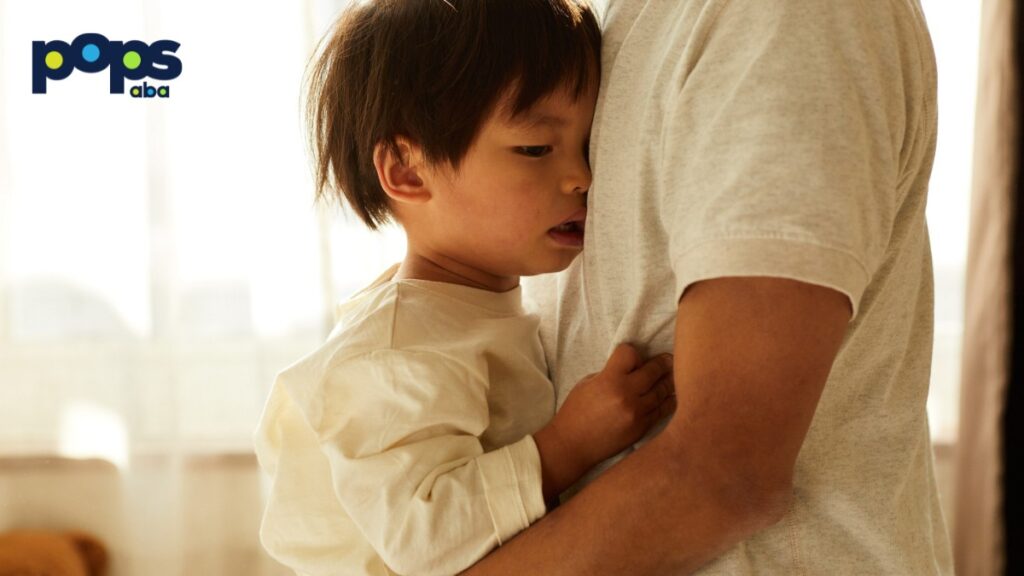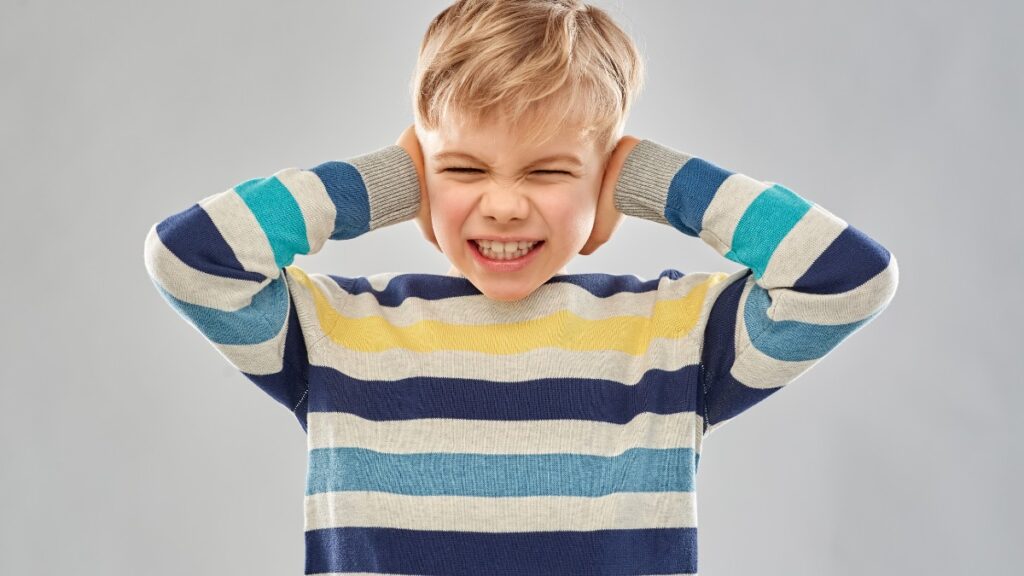Key Points:
- Noise sensitivity and autism are strongly linked, often making everyday environments overwhelming for individuals on the spectrum.
- There are different types of sound sensitivity, each affecting behavior, focus, and emotional regulation in unique ways.
- With the right support—including behavioral interventions like ABA therapy—families can help children navigate sound sensitivities effectively.
Is your child startled by sounds that barely register for others? You’re not imagining it. For many on the spectrum, sensory overload—especially with sound—is part of daily life. Understanding the link between noise sensitivity and autism can help turn confusion into clarity and frustration into effective support strategies.
Is Noise Sensitivity Common in Autism?
Yes, noise sensitivity is extremely common in autism spectrum disorder (ASD), with many individuals experiencing intense reactions to everyday sounds due to sensory processing differences. Children with autism often perceive sound differently—what’s background noise to one person might feel unbearable to someone with heightened auditory sensitivity.

What Is Noise Sensitivity in Autism?
Noise sensitivity in autism refers to an exaggerated or distressing reaction to certain sounds or volumes. This can manifest as fear, anxiety, irritation, or even physical pain.
The human brain constantly filters sensory information, like sight, smell, and sound. For autistic individuals, this filtration system may work differently. Sounds that neurotypical individuals can tune out—like the hum of a refrigerator or the clang of silverware—might become overwhelming or even painful. This is called auditory hypersensitivity.
In some cases, it’s not just loudness but unpredictability that triggers a reaction. A sudden vacuum start-up or a baby’s shriek might provoke an intense emotional or behavioral response. That’s not a tantrum—it’s a neurological overload.
Why Does Sound Sensitivity Happen in Autism?
Autism affects the way the brain processes sensory input, and that includes sound. The exact neurological mechanisms are still being studied, but the current understanding points to a few key areas.
Differences in brain connectivity and sensory integration play a role. Essentially, the brain of an autistic person might “hyper-focus” on sounds that are usually filtered out. There’s also evidence suggesting that autonomic nervous system dysregulation—which governs fight-or-flight responses—can make unexpected or loud sounds feel threatening, even if they’re harmless.
Common neurological contributors to noise sensitivity in autism:
- Overactive auditory cortex: Increased activity in the part of the brain that processes sound.
- Sensory gating issues: Difficulty filtering out irrelevant sensory input.
- Heightened amygdala response: Stronger emotional response to perceived threats, including noise.
How Does Noise Sensitivity Affect Daily Life?
Sound sensitivity can influence everything from daily routines to social participation, especially for children. For parents, navigating everyday environments becomes a strategic endeavor.
A trip to the grocery store, a school assembly, or even a family dinner can quickly turn into a stressor if certain sounds are present. This can lead to avoidance behaviors or frequent meltdowns. Unfortunately, these behaviors are often misunderstood as misbehavior or defiance.
Ways noise sensitivity may impact a child’s daily life:
- School: Fire drills, lunchrooms, or noisy hallways can be overwhelming.
- Home: Appliances like blenders or vacuum cleaners may cause distress.
- Social settings: Birthday parties, parks, and crowded spaces may become sources of anxiety.
- Sleep: Sensitivity can extend to nighttime, where even small sounds prevent restful sleep.
Parents often report feeling anxious about public outings, unsure when a sound might trigger their child. It’s not just inconvenient—it’s emotionally exhausting.
What Are the Signs of Noise Sensitivity in Autism?
The signs aren’t always verbal. Often, children with autism express their discomfort with sound through body language, behaviors, or avoidance. Identifying these signs early can help parents tailor environments to reduce distress.
Look for consistent patterns and observe which sounds trigger responses. Sensitivities can range from mild to severe and often change over time.
Common signs include:
- Covering ears, even when sounds aren’t particularly loud.
- Crying or screaming in response to specific noises.
- Running away or hiding when exposed to certain sounds.
- Meltdowns during or after noisy environments.
- Complaining of pain or discomfort in the ears.
- Selective mutism or silence in overstimulating environments.
- Repetitive vocalizations or self-soothing sounds to block out noise.
Children may not always have the words to explain what’s bothering them, so understanding nonverbal cues is crucial.

How Can Parents Help Their Child Cope with Noise Sensitivity?
It can feel overwhelming, but with proactive strategies and patience, you can help your child better navigate a world full of unpredictable sounds.
Start by building awareness—both your own and your child’s. Then implement practical supports and make environmental modifications when possible.
Support strategies include:
- Create a sensory profile: Work with an occupational therapist to identify triggers.
- Use visual schedules: Prepare children for noisy environments ahead of time.
- Practice desensitization: Gradual exposure to sounds in a controlled way can help build tolerance.
- Try noise-canceling headphones: A game-changer for many families in public settings.
- Establish safe zones: Create a quiet space at home where your child can decompress.
- Use social stories: Help your child understand and anticipate noise situations.
- Leverage calming techniques: Deep pressure, breathing exercises, or fidget tools can soothe overstimulation.
A supportive approach that validates your child’s experiences is key. Forcing exposure without empathy often backfires and may increase anxiety.
How Does ABA Therapy Help with Noise Sensitivity?
Applied Behavior Analysis (ABA) therapy doesn’t “cure” sensitivity, but it offers tools to manage behaviors stemming from it. Through individualized plans, ABA therapists can work with children on tolerance-building, communication, and emotional regulation.
Therapists may use techniques like positive reinforcement, pairing sounds with rewards, or functional communication training to help a child express when a sound is too much. By breaking down situations into manageable steps, kids can slowly learn how to cope in environments they previously avoided.
ABA therapy can also help parents. Many ABA providers offer parent training that equips families with the strategies they need at home and in the community.
Supporting Your Child With ABA Therapy
Sound sensitivity is not just a phase—it’s a very real part of your child’s sensory world. With the right support, they can learn how to manage their environment and thrive within it.
Pops ABA offers personalized, evidence-based ABA therapy in New Jersey and North Carolina, helping children with autism build skills, improve communication, and reduce behavior challenges—including those related to sound sensitivity.
Our trained therapists work closely with families to create meaningful, real-world outcomes. Whether you’re just beginning the journey or looking for targeted support, we’re here to help your child move forward with confidence.
Take the next step—because every child deserves the chance to be heard, even in a noisy world.



